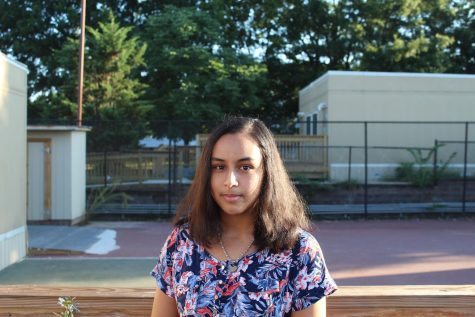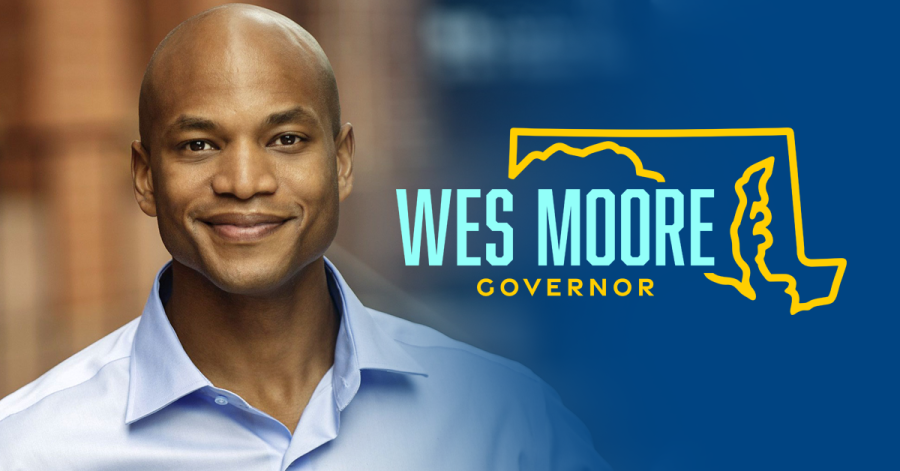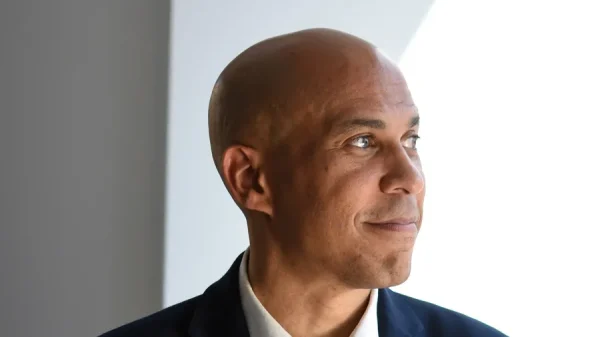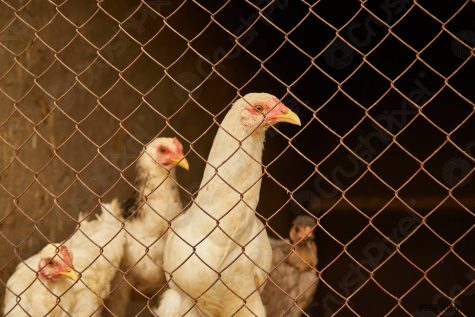Diversity in 2022 midterms calls for increased representation in politics
*Opinions expressed in this article represent the views of the editorial board and not necessarily those of the school population or administration.
The US, having a diverse populus, needs to have diverse representation in the government to voice the demographics of all Americans. This year’s midterm elections reported an uptick in diversity in the candidates, specifically with POC and LGBTQ+ representatives. There were at least 403 people of color, women, or nonbinary candidates.
Reasons for this increase in the diversity among candidates can possibly be due to the increased voter turnout among younger voters. The Brookings Institution states that among the key demographics who voted for Democrats in the House of Representatives, the most notable group were young adults.
“I think…specifically the Gen Z voter generation, turned out in massive numbers more than we were expecting and I think the older generation of Boomers are finally being silenced and their…views are starting to being put to the sidelines as they have been proven not to work and be racially motivated,” said history teacher Mr. Matthew Kanach.
This increased diversity in Congress matters to many Americans. It’s significant when Oregon and Massachusetts elect their first lesbian governors or when Maryland elects their first black governor as it means that more demographics who normally don’t see representatives who look like them and represent their experiences as a minority group in America get to have their voices represented in government.
“When you have minorities that have been directly affected by prejudiced policies, they know the on-the-ground feeling and how to approach certain issues, so with long term effects you’re going to see more implementations of policies around equity versus equality,” said Humanities junior Alix Mukong. “I think it’s going to have more things brought to law than just localized solutions.”
“When you only have one group of people running the whole country, they tend to favor people who look, sound, act, and believe like they do,” Kanach said.
In a democracy, it’s imperative that there are multiple groups of people who have a say in major decisions affecting them. For instance, with decisions regarding the legalization of gay marriage, it is necessary for LGBTQ+ members of Congress to help represent the community as the decision directly affects them. However, this increase in the diversity in the candidacy of the midterm elections, there is still more room for representation to grow. There are currently only 986 LGBTQ+ elected officials in the country and to reach a more equitable representation of the LGBTQ+ community, there would need to be 28,000 more LGBTQ people elected in office.

Ishani is a junior in the Humanities program. This is her first year with The Pulse. Outside of school, she is involved with the Poolesville Forensics...








